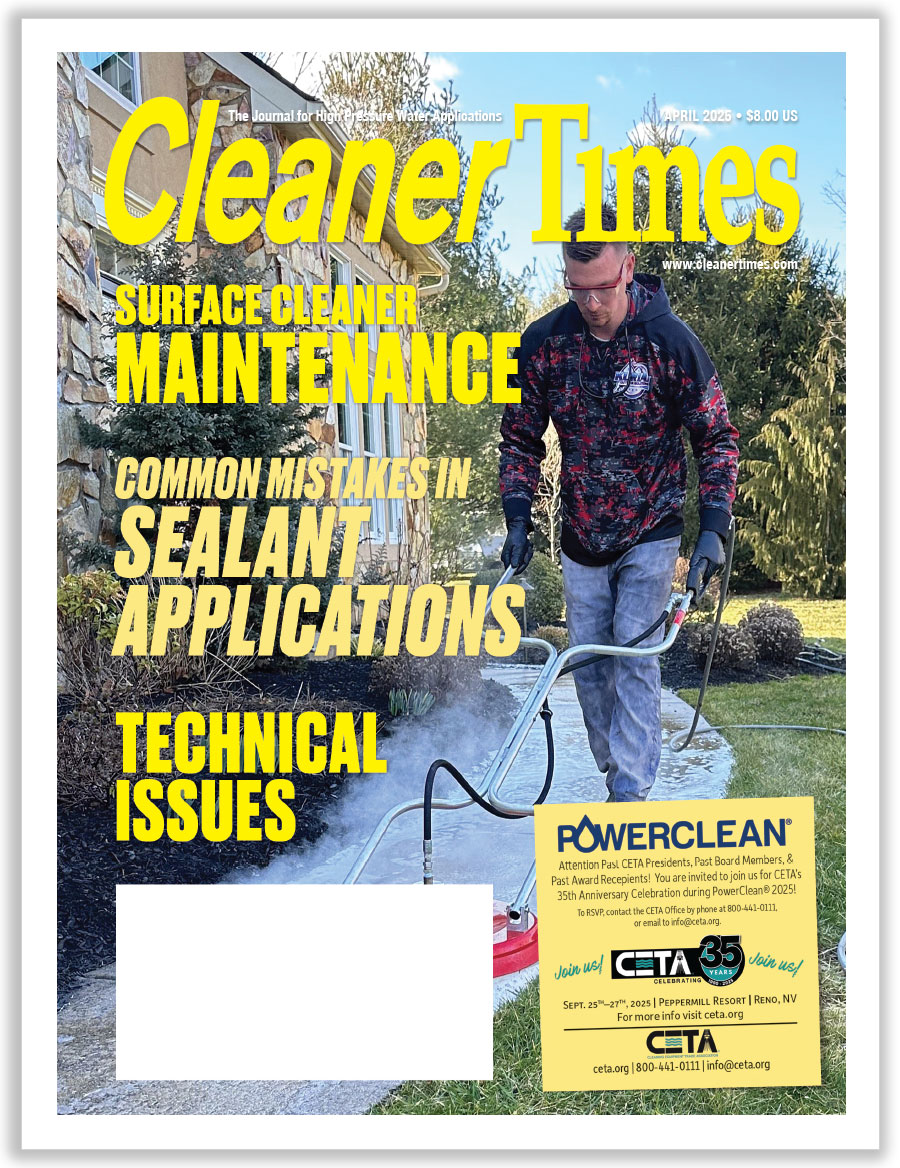
Outstanding Customer Service: It Begins and Ends with Engagement
By Diane M. Calabrese / Published November 2014

Customer Service
Those with an insatiable appetite for biographies of legendary Hollywood actors and directors can attest to a nugget of advice that recurs. Basically, it’s know the lines, hit the mark, and don’t overact. The script as written is the thing.
Alas, a script is decidedly not the thing when the goal is outstanding customer service. (Sadly, there are banks, grocery stores, and even hospitals among the entities that do not understand this and force their employees to interact by scripted text. The result is rigid interplay, sure to infuriate the most placid among us.)
Customer service begins and ends with engagement. No well-worn and rehearsed lines can effectively replace a heart-to-heart, mind-to-mind exchange. It’s the give and take, questions and responses that allow each customer to be served in a unique way.
“All customers believe they are special and deserve extra attention,” says Dave Hildebrand, Vice-President at Barens, Inc. in Seneca, PA. “Some want your best price no matter what quantity of product they purchase. Others want to have one customer service agent handle their account. But, for the most part, customers simply wish to be handled with respect and treated like they are number one, which they are.”
Respect is something we all know when we experience it. And in today’s competitive marketplace, a customer who senses a lack of respect is quite likely to just move on to another vendor.
“Service to the customer should be paramount for the success of any business,” says Hildebrand. “It is important for all members of the staff to maintain a professional level at all times, especially if the customer is having ‘a bad day’ or disagrees with the information the staff is trying to convey.”
A timeless truism applies, explains Hildebrand. “The old adage, ‘the customer is always right’ is still the guiding principle for success. In the competitive market we all live in, it is very easy to lose a customer by not getting his order correct, or having damages to the shipment, or not being competitively priced. Once the customer leaves, it is very difficult to get them back.”
Filmmakers can do retake after retake to create the illusion that is a movie. That is a luxury that those serving customers in the real world do not have. Ultimately, even a movie can be given a negative nod by its first viewers. And its maker will suffer financially if the viewers, who are customers, spread word of their dislike. With so many channels available for communication, word spreads quickly.
Word-of-mouth accounts of customer service no longer just take place person to person. The recaps also appear on the Internet in both open and closed forums. Many groups from neighborhoods to professional societies have their own closed, online discussion groups, where information shared cannot be picked up by search engines—including those that monitor the reputation of companies or individuals.
Respect and First Impressions
Add to the respect that Hildebrand cites the importance of a first impression. And each encounter truly is the equivalent of a first impression, the instant where all the good that’s been built in the past can be quickly undone.
Start with the way the phone is answered. “A knowledgeable, friendly person answering the phone” is a must, says Jake Clark, Owner of Armstrong-Clark Co., in Long Barn, CA. “It’s got to be the most knowledgeable person possible.”
So who answers the phone at Clark’s company? “I’m the lead phone guy,” he explains. “I’ve been at it for over 20 years, and I’ve heard just about every situation.”
Obviously, no one can be at the phone to take all calls. “Chris Olson, he’s our General Manager in the plant,” is the all–important second on the phone, says Clark. “When he’s working in the plant, I sometimes handoff to a message machine.”
One of the curious things about message machines is how many people do not leave a message, says Clark. He estimates it’s as high as 40 percent, a group large enough to suggest another big benefit to a person answering as many calls as possible.
Customer service has perhaps never been more important to a business than it is today, explains Clark. “I think it’s huge,” he says. “I’m to the point where it’s almost more important than the products themselves.”
Clark starts with assuming the products are good and that customer service is the tie that makes the significant difference among those who sell more and those who sell less. “People who call us have done their homework,” he says. “They’ve done their research.” They are calling because they want the product that his company sells, but they may have some questions.
“They want their questions answered clearly,” says Clark of talking with customers. “You just listen and answer the questions they have—so there’s no confusion.”
Let the customer question in his own way. Then respond. “If they’re happy with the way we responded, they’re going to tell neighbors,” says Clark. “A happy customer will generally tell others.”
Before he leaves for the day, Clark makes certain that every customer call that went to a message holder and every e-mail are answered. In some cases, it may be necessary to write that the customer will receive a call the next day, but it’s important to let customers know they are receiving attention.
Clark says he sees and laments a trend toward “less and less customer service.” More customer service would be good for business, good for the economy, he explains. (Clark reminds us that flying coach is a trial we can add to the list of experiences where customer service is little more than a fond memory of an era in air travel that many never knew. If airlines ever return to customer service in all classes of seats, everyone is in for a treat—and airlines might gain business.)
Listen and Be Prudent
We all have information we think customers should have. But as Clark points out, customers know the information they seek. Listen.
There is a common thread in customer service that applies to all modes of communication, says Jeffrey Paulding, President of Dirt Killer Pressure Washers, Inc., in Baltimore, MD. Customers want to know that “you are listening to them,” he explains.
“Of course, this is easiest to do in person,” says Paulding. “On the phone would be the next, most personal way to communicate. In-person and telephone exchanges make it easier to convey that you are being empathetic and understand their problem. It is more difficult to communicate those emotions through e mail. Often, when the customer has a problem, just listening and acknowledging their problem is enough, even if you are not going to do what they want.”
Paulding also sees a quick turnaround for responses as necessary. For e-mail and other electronic communications “speed of response is key,” he says. A quick response lets the customer know “you are out there listening to them.”
Customer service is the essential element of a successful business. “If you are selling the latest, hot-tech gizmo that everyone is clamoring for, customer service is not really an issue,” says Paulding. “But if you are in a competitive industry, customer service is often what sets your company apart.” Customers have many choices of where to buy.
“Happy employees who enjoy their job and take pride in their work is where customer service starts,” says Paulding. “If your employees feel good about their work, they will convey a professionalism that is communicated to the customers.”
Kindness, politeness, and professionalism almost always beget the same. Be a realist, though. There are some customers that will never be pleased, irrespective of the degree of attentiveness, the high quality of the product, etc. Such customers “defy easy categorization,” says Paulding. When we link with them, we just must do our best.
Customers do differ from one another in their expectations. Large customers that make significant purchases may look for something special, says Paulding. Owners of smaller businesses look for a firm understanding of their endeavors. They also want to be assured—often by the boss—that they are getting the best price possible.
“If there is one lesson in customer service I would like to pass on, it is this: In cases of disputes with customers, make up your mind quickly,” says Paulding. Suppose a customer wants warranty on an item that is not deserved, think it through, he explains. But “don’t drag it out.”
Consider all the outcomes, says Paulding. The upside of making it right, even though the warranty does not cover the action, is that the customer remains happy and business is not lost. If that approach is not possible, be prepared for worse possible outcomes, such as a loss of business or even a lawsuit.
Paulding emphasizes that cordiality must prevail even if the business owner does not think the customer is correct. “Resolve the issue quickly, amicably, and move on,” he says. “No matter what you decide, resolve the issue quickly.”




